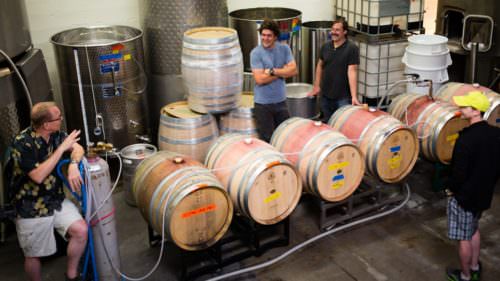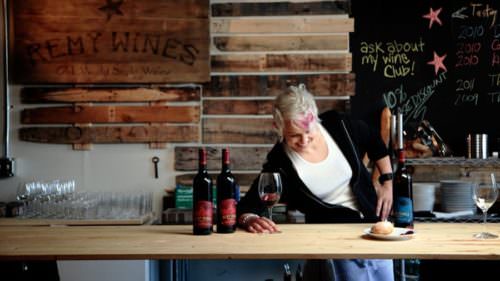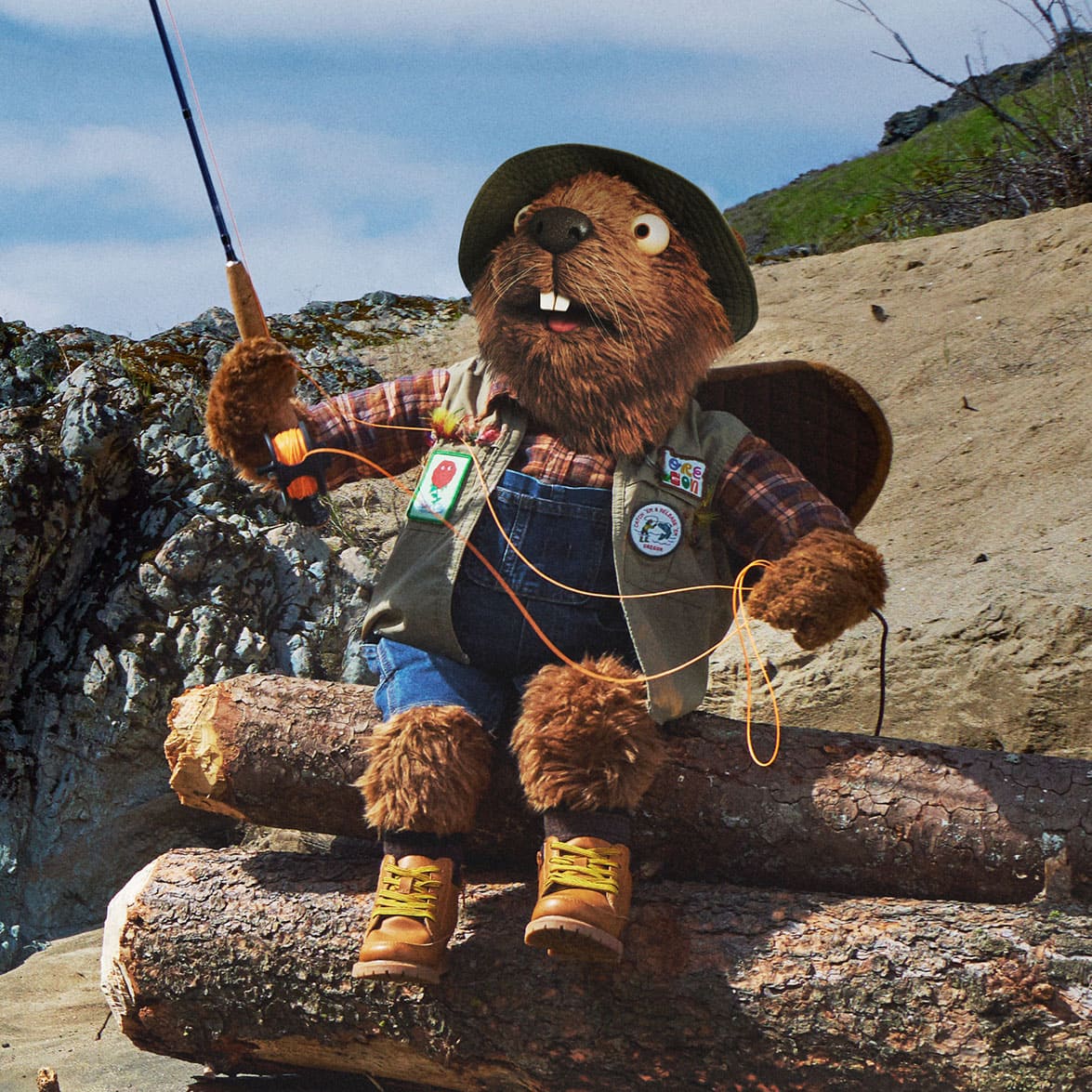Lovers of Oregon wine have come to expect a handcrafted product, made with care in small batches with the utmost attention to sustainability and process.
Brad and Bethany Ford have taken that to the extreme. While many wineries practice natural winemaking (with minimum chemical and technical intervention), the founders of Illahe Vineyards in Dallas use historical winemaking techniques for their signature 1899 pinot noir, keeping electricity, machines, enzymes and modern materials like steel out of the process — just like it might have been done in the old days.
“Historical winemaking slows down the process, makes it more romantic, and also gets you more involved in the materials you’re using,” says Brad, who runs the winery with his wife Bethany in Dallas, 15 miles west of Salem in the Mount Pisgah viticultural area. The couple also has two small children. The majority of the nearly 60-acre vineyard is devoted to pinot noir; the rest is split between tempranillo, viognier, pinot gris and gruner veltliner.
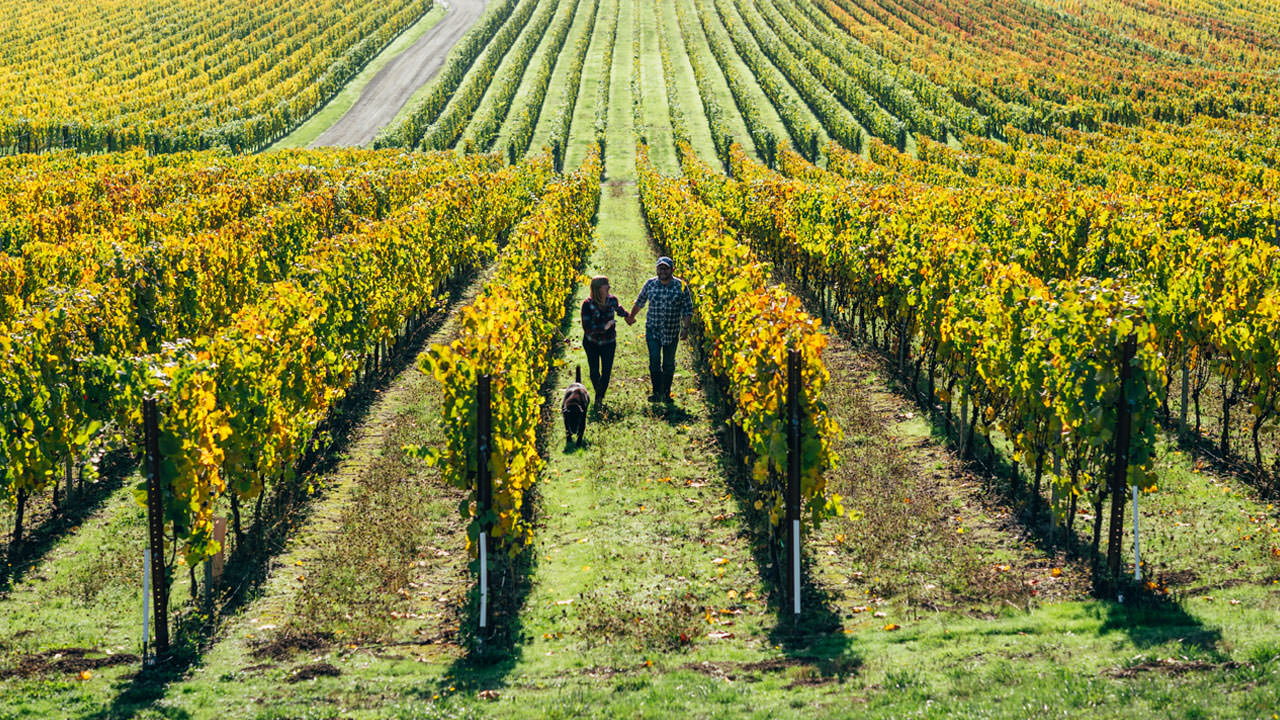
Making wine like it’s 1899
While most wineries truck their grapes to the winery at harvest, Illahe employs a team of horses, Doc and Bea, to get the job done. The Fords prune and destem the grapes by hand, rely on natural fermentation, use a wooden basket to press and age their pinot noir in French and Oregon oak barrels. They hand-bottle and hand-label the 1899 wine, and avoid enzymes, additives and machines in order to preserve the characteristics of their vintage varietals.
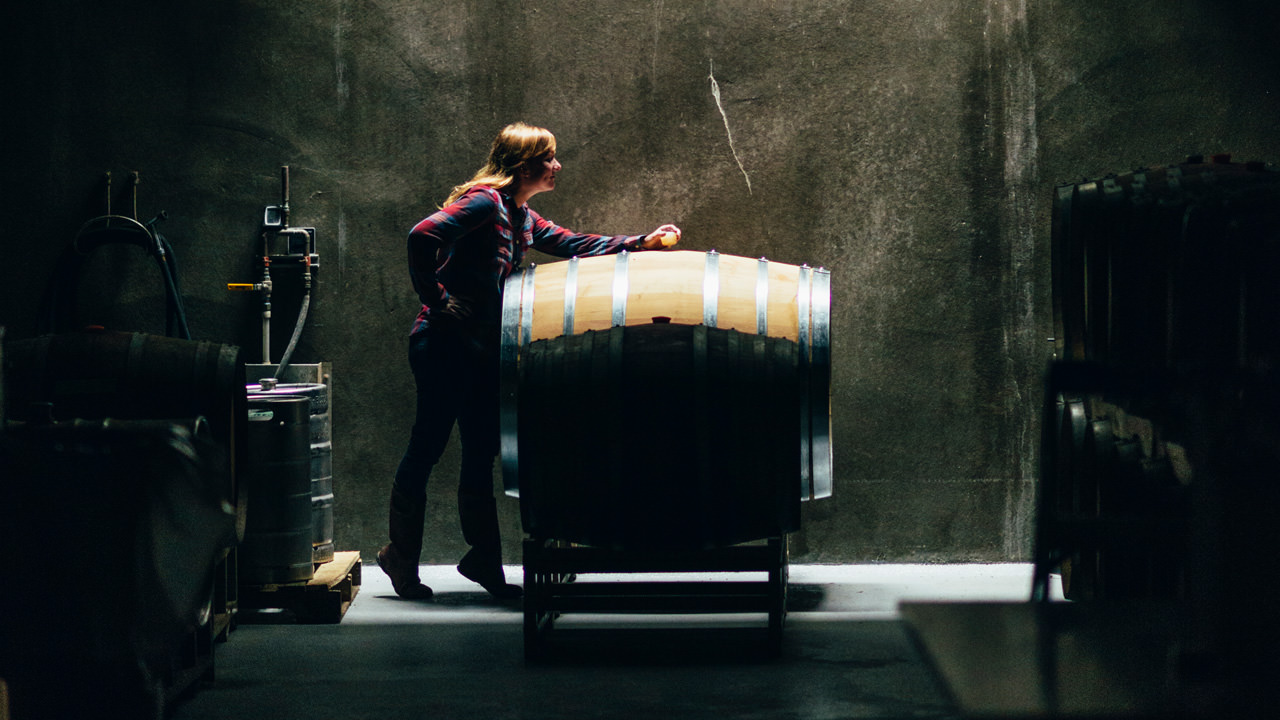
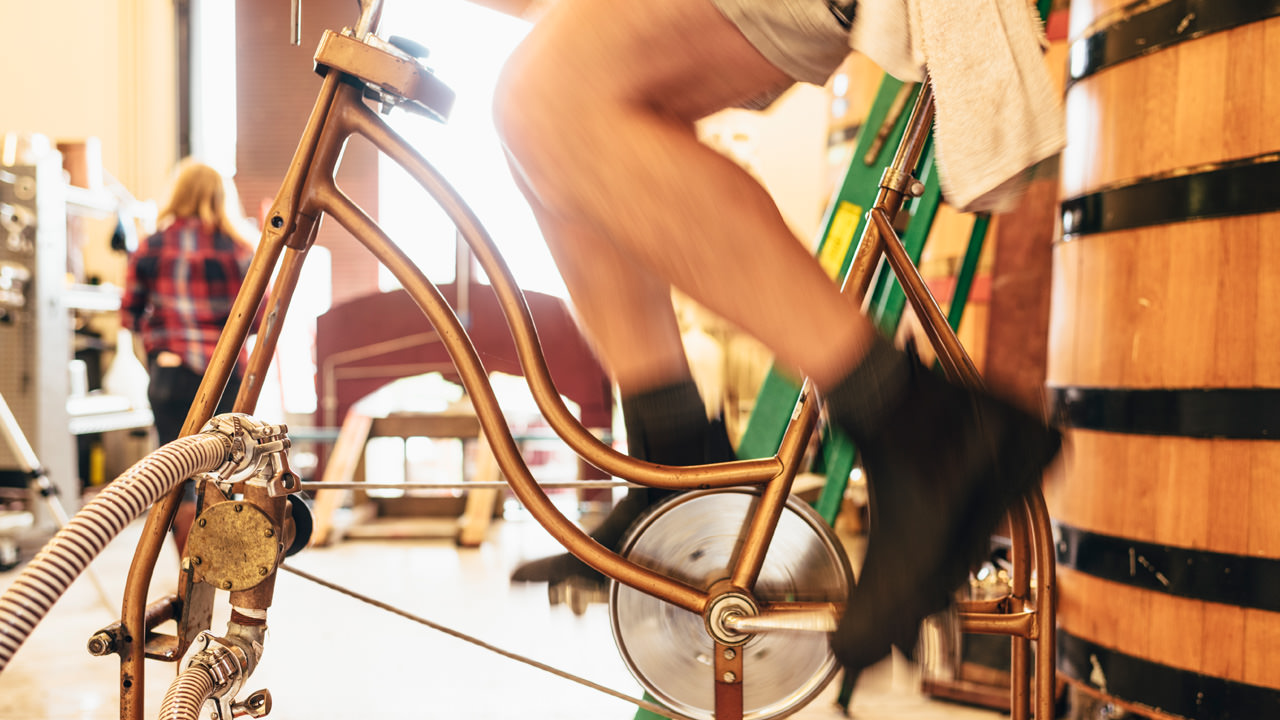
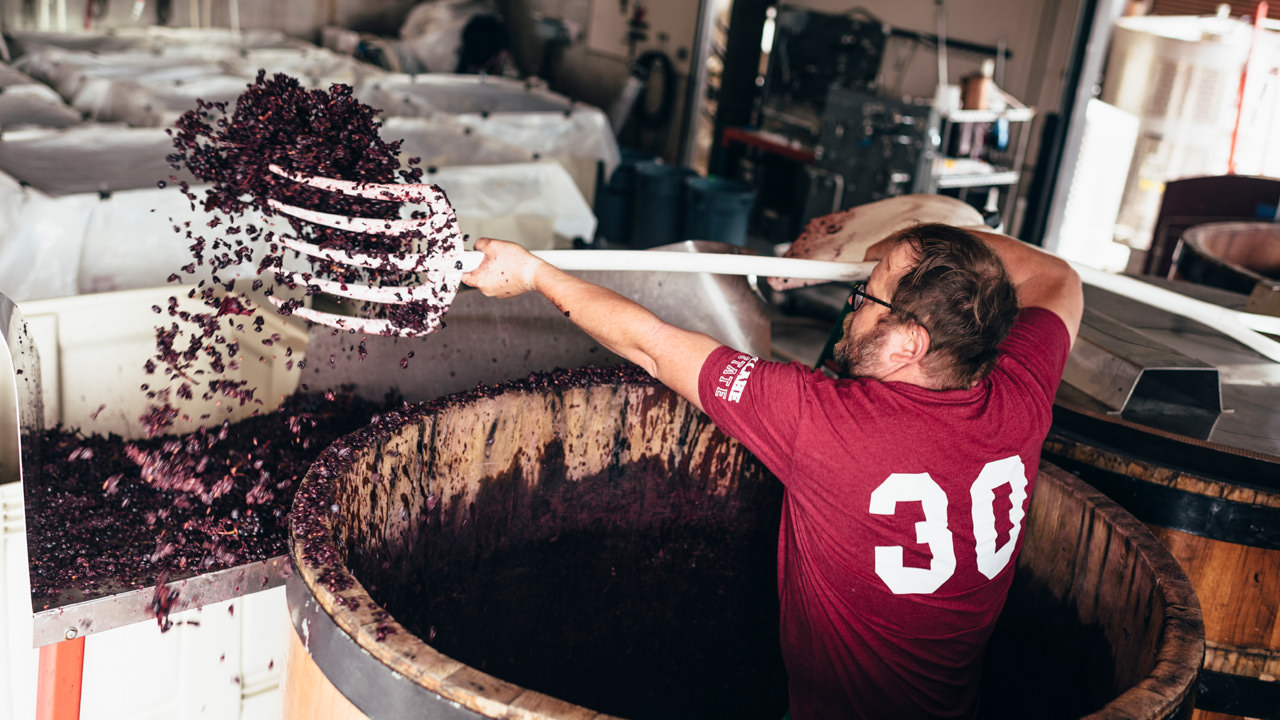
The slow journey north
Then it’s time for the wine’s 96-mile journey north from vineyard to distribution. This pinot doesn’t go by truck, but by stagecoach, canoe and bicycle. “We bring the bill of sale and everything,” says Brad Ford, who makes the three-day trek in early August. They first load 10 cases into a stagecoach pulled by six mules, who take the wine to the Willamette River in Independence. Here, the wine is loaded onto a flotilla of canoes for the three-day journey north. Ford stops along the way for lunch and dinner with friends.
Finally, they transport their precious cargo by bike trailer from their unloading spot in West Linn to their distribution warehouse in Milwaukie. “We actually got pulled over last year by a Polk County sheriff boat (officer), who said, ‘What are you doing?’” Ford recalls. To which he responded, “We’re just taking wine down the river,” and the sheriff let them go.
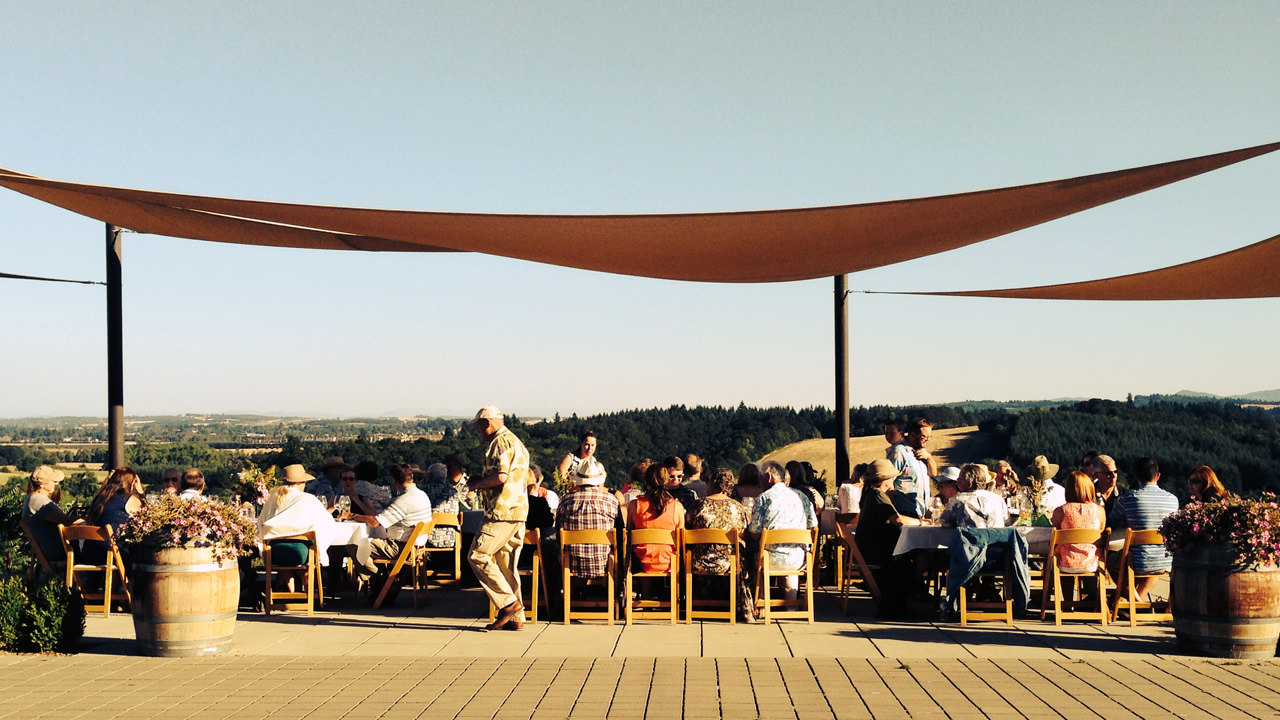
Less water, tastes great
While the Fords don’t use electricity in the winemaking process for their 1899 wine, they use solar panels on the roof of their tasting room to power overall operations and make the rest of their wines. Their vineyard is also LIVE-certified and certified Salmon-Safe, ensuring that sustainability practices are thorough throughout the winemaking process.
Illahe is also part of the Deep Roots Coalition, a group of about two dozen Willamette Valley winemakers who follow a practice called dry farming — not using water on mature plants — in their commitment to sustainable agriculture as well as to more truly reflect the terroir of the grapes.
Next up for Illahe: The Fords just planted some chardonnay vines on a new farm. After Labor Day, their tasting room is open by appointment only until Thanksgiving weekend, when they welcome the public for tastings and new releases.

